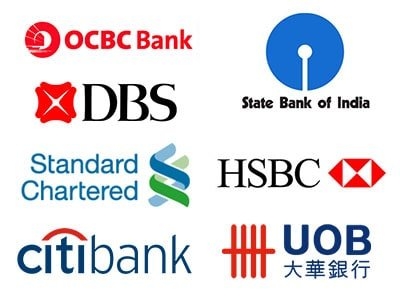Editor’s note: “Remote onboarding” is often marketed loosely. This guide shows how to separate marketing from operational reality and assemble a shortlist that fits your usage. Educational only; verify current bank rules directly.

What “remote” really means
Remote onboarding is a spectrum, not a switch. At one end, fully app-based signup with instant limits; at the other, “submit online, visit later.” Most real-world journeys sit in the middle: you can open and transact quickly at modest limits, while higher caps or specific features unlock after extra verification or an in-person step.
How to build a shortlist (five filters)
- Identity and residence: If you don’t yet have a FIN or local address, sort providers by how they handle pre-arrival cases. Some accept foreign proofs initially, with a deadline to update.
- Funding and usage: Salary deposit? Everyday spend? Frequent USD/EUR flows? Your usage drives account type.
- Digital controls: Look for card lock, “money lock,” alerts, and new-device/new-payee delay controls.
- Fees & FX: Total cost = account + transfer + card + ATM + FX spread. Put numbers in one sheet; marketing text won’t compare itself.
- Service & escalation: When things go wrong, can you reach a human? Check chat/phone hours and incident communications.

Three archetypes to consider
• Digital-first retail accounts: Fast signup, clear fee schedules, strong in-app controls. Great for salary/spend and daily payments. Watch new-payee caps and device cooling-off windows.
• Incumbent retail accounts: Wide ATM and branch coverage, robust PayNow/FAST, and predictable service. Onboarding can be fast if you have MyInfo and local proofs; pre-arrival cases may need more steps.
• Global/priority solutions: Useful for frequent USD wires, multi-currency needs, or larger balances. Expect deeper documentation and longer timelines.
A reality-based verification routine
• Before you apply: Email or chat the bank with three specific questions—(1) acceptable proofs if you are not yet resident, (2) initial daily transfer caps and when they increase, (3) exact documents for your first inbound USD wire. Save the responses.
• During signup: Use consistent name/address formats. If you have multiple devices, decide which one will be your “trusted device” and bind it early.
• After approval: Immediately enable alerts, set daily limits, and test PayNow with S$1. Add a trusted payee and observe any delays or holds.
What a strong remote setup looks like (first 60–90 days)
• One primary account for salary/spend with robust security defaults.
• A second instrument only if it fills a gap (e.g., cheaper FX or better USD handling).
• A standard operating document (one page) listing: daily limits, lock settings, who to call, and how to freeze payments in an emergency.
Fees and frictions to map carefully
• Account/maintenance fees and minimum-balance rules (and waiver triggers).
• Local transfers: PayNow/FAST fees and the behavior of “new payee” limits.
• International wires: send fee, intermediary deduction, receive fee, and FX spread vs mid-market.
• Cards: annual, replacement, and overseas usage fees; virtual vs physical issuance; ATM network coverage.
• Hidden delays: cooling-off for new devices/payees; maintenance windows around weekends and holidays.
Common roadblocks & workarounds
• No local proof yet: Use employer letters or rental agreements as interim evidence; plan to update.
• Salary not started: Provide offer letter and prior bank statements; many banks accept this to open.
• USD wires trigger holds: Pre-advise the bank about expected amounts and counterparties; keep remitter and beneficiary names exact.

Security defaults that defend you under pressure
• Alerts for login and transfers; daily limits fit to your pattern; card/money lock always on by default.
• Treat phone calls that ask for OTPs or app installs as scams; contact the bank using the in-app path.
• Keep a printed emergency checklist so a partner or colleague can act if you’re unavailable.
How to decide when to add a premium or multi-currency layer
Add one only if (a) you move material USD monthly, (b) you need larger limits quickly, or (c) you benefit from consolidated reporting or wealth services. Otherwise, complexity can exceed the benefit.
Bottom line
Remote onboarding that actually works is boring: consistent documents, predictable fees, and controls that you set once and rarely touch. Start lean, then scale features only when your data shows real need.
Related FAQs
-
Avoid Mistakes When Choosing a Bank in Singapore’s Stable Financial System
FAQ article on bankopensingapore.com
Read full answer → -
RHB Singapore Overview Services and Account Opening Guide
RHB is a Malaysia based banking group with Singapore operations serving retail customers, SMEs, and corporates. Detailed Introduction: Individuals can access savings/current accounts, cards, personal financing, and invest
Read full answer → -
personal banking: What You Need to Know in 2024
FAQ article on bankopensingapore.com
Read full answer →


